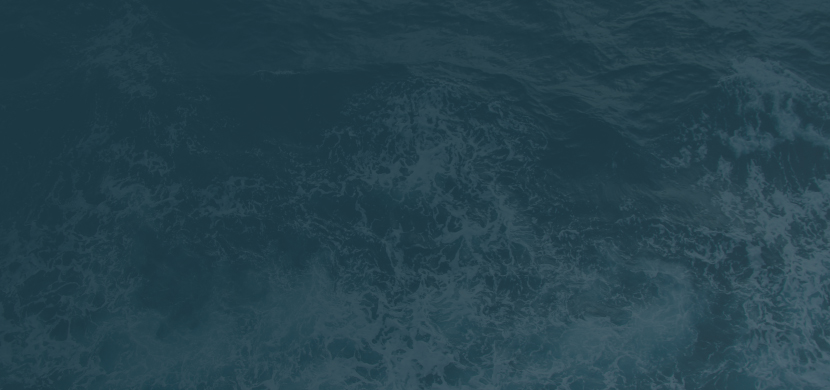A late summer storm dealt a tough blow to Northline Seafoods, a Bristol Bay upstart trying to revolutionize the way fish are processed in the world’s largest sockeye salmon fishery.
On the night of Sept. 3, gusts up to 80 miles per hour tore across the Nushagak River and snapped the anchor line on a barge belonging to Northline. The six people onboard attempted to set backup anchors, but winds snapped those, as well. The gale pushed the vessel onto the beach not far from the fishing village of Ekuk, where a person familiar with the incident said the boat “mashed for six hours” on the flats.
The crew escaped unscathed after an undoubtedly harrowing experience, but the barge did not: The top unit on the $7 million vessel had crumpled onto the deck.
Northline president and CEO Pat Glaab told local radio station KDLG that the hull went undamaged, and he expects the processor to be ready to roll next season. It is safe to say the fishery will be pulling for them.
Glaab and his partner, Ben Blakey, dreamed up Northline several years ago as a way to freeze fish quicker and turn out the freshest fillets possible. Before starting Northline, Glaab built 10 onshore processing facilities around Alaska, including the Leader Creek facility in Bristol Bay’s Naknek, and knows things could be done better.
“I’ve spent my entire working life in the fisheries, and I’ve seen this huge gaping hole in how this fishery operates versus how it could operate. It’s like going to a country that doesn’t have cell phones and being like, ‘Gee, you guys would be much better off if you had cell phones,’” Glaab told NF last year.
No one denies that Bristol Bay has made massive quality strides over the past couple decades. Most of the boats have RSW units, and fishermen are more tuned in to proper handling; many are bleeding now and most have cushioned deck mats. Very little of the sockeye coming out of the bay goes to cans anymore, with most destined for higher value fillets.
But despite these changes, Glaab said the fishery has yet to eradicate the vestiges of the old ways.
“The current system is what developed organically when we were just stuffing everything in a can and had no other options. It’s a holdover from those systems. It was just cheap protein before. You were just harvesting to feed World War II, or the Depression-era,” he said.








